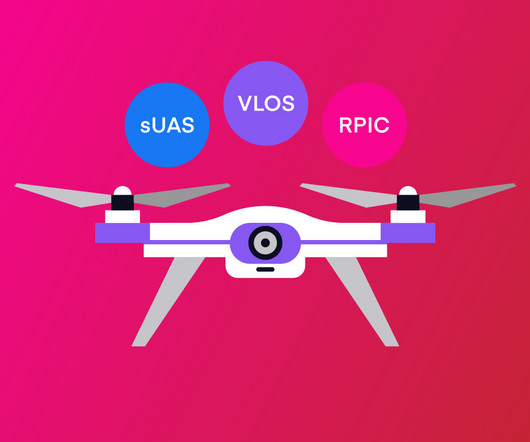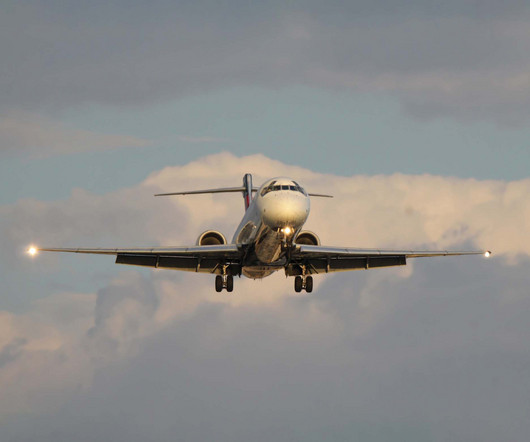Arriving in Style
Plane and Pilot
FEBRUARY 28, 2025
To cope with these challenges, airline glass flight decks contain a vertical navigation function (VNAV) that keeps the autopilot, and the crew, on the right path to arrive at the final approach fix, or downwind leg, at speed and on altitude. They descend at their normal cruise speed and are quite happy about it all.











Let's personalize your content